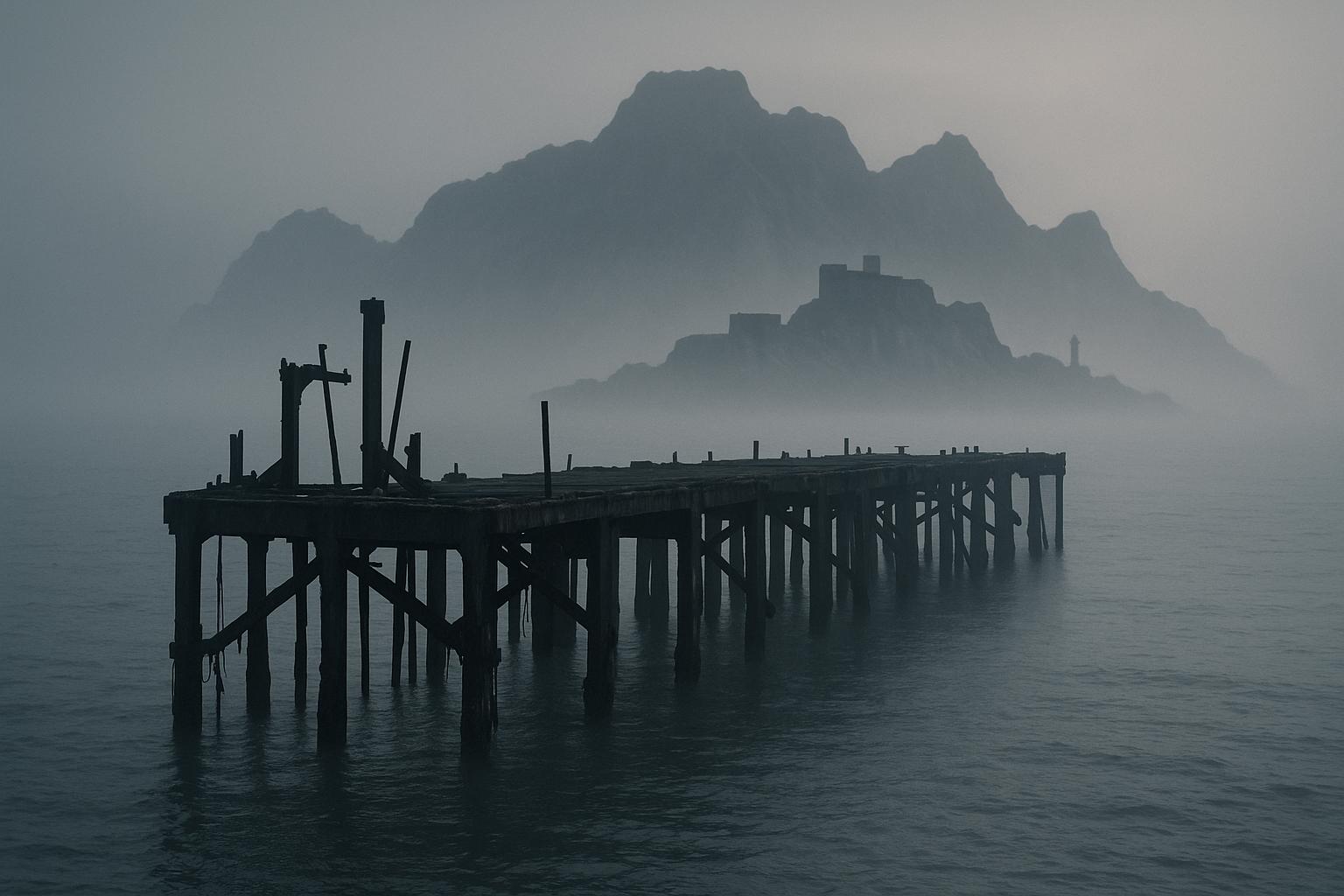Legislation to transfer sovereignty of the Chagos Islands to Mauritius has been approved by UK MPs, reflecting a significant development in the longstanding dispute over the British Indian Ocean Territory (BIOT). The Diego Garcia Military Base and British Indian Ocean Territory Bill passed its third reading by 320 votes to 171, with a majority of 149. This law follows a treaty signed by the UK Government in May, formally ceding sovereignty of the archipelago to Mauritius while enabling the UK to retain operational rights over the UK-US military base on Diego Garcia for at least 99 years. The arrangement reflects a compromise between respecting Mauritius’s sovereignty claims and ensuring continued strategic military presence in the region.
The bill formally implements important aspects of the agreement, terminating UK sovereignty over the BIOT but safeguarding the military base’s role in UK-US security cooperation. According to government statements, the annual cost of maintaining the base will average £101 million. Provisions embedded within the treaty explicitly prohibit any foreign powers from establishing military installations on the islands, a point emphasized repeatedly by Foreign Office minister Stephen Doughty during parliamentary debates. The bill is still to undergo further scrutiny in the House of Lords, where members continue to weigh the geopolitical and security implications of the deal.
Despite broad parliamentary support, the legislation triggered concerns among some MPs regarding the potential security risks posed by the transfer. Shadow Foreign Office minister Wendy Morton and Reform UK’s Danny Kruger expressed fears that Mauritius might be engaged in undisclosed talks with China and Russia, possibly undermining UK interests in the strategically vital archipelago. Morton highlighted reports suggesting China was negotiating for influence over Peros Banhos, one of the islands in the chain, and questioned the UK’s absence in such discussions. However, Stephen Doughty dismissed such claims as “absolute nonsense,” stressing that the treaty’s strict clauses protect British and allied security interests and forbids foreign military bases, including those of China. He also pointed to the strong backing of the deal by key allies such as the United States and Five Eyes partners as evidence of its strategic prudence.
Critics also scrutinised the broader context of the UK’s foreign policy, with former defence and intelligence committees chairman Sir Julian Lewis suggesting the deal’s rationale might be linked to a “strategic economic partnership with Communist China.” He connected this with other recent diplomatic developments, including the closure of certain cases involving Chinese spies and the planned opening of China’s largest embassy in the UK. Danny Kruger echoed scepticism, conjecturing that only a “secret deal with China” could explain the government’s decision to surrender sovereignty over the islands. These allegations were strongly refuted by government ministers, who maintained that the treaty prioritises national and allied security, securing long-term access to the Diego Garcia military base.
The transfer agreement also addresses broader concerns beyond military strategy. The original treaty commits both the UK and Mauritius to protecting the welfare of the Chagossian people, displaced decades ago, and to environmental preservation measures in the region. Furthermore, it includes commitments to regional security cooperation, recognising the archipelago’s geostrategic significance in the Indian Ocean.
Ultimately, the legislation marks a historic shift in the status of the Chagos Archipelago while balancing strategic interests in the region. Parliamentary debate revealed significant tensions between the desire to resolve colonial-era disputes and apprehensions about emerging global power dynamics, particularly involving China. As the bill progresses to the House of Lords, further scrutiny is expected about its long-term implications for UK sovereignty, security, and international relations.
📌 Reference Map:
- Paragraph 1 – [1], [4], [6], [2], [3]
- Paragraph 2 – [1], [4], [5], [7]
- Paragraph 3 – [1], [6]
- Paragraph 4 – [1], [6]
- Paragraph 5 – [4], [1], [6]
Source: Noah Wire Services
